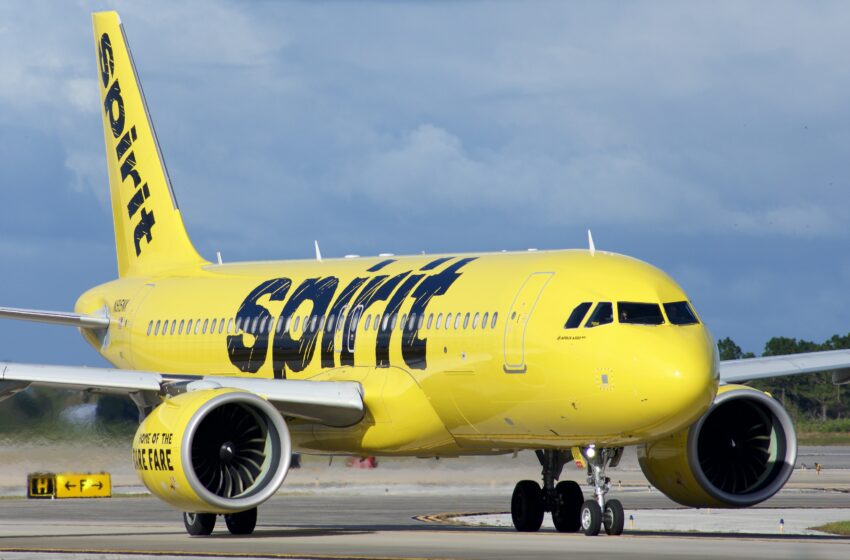Spirit Airlines: What the second Chapter 11 bankruptcy filing means

Spirit Airlines re-enters Chapter 11 amid financial crisis
Budget carrier Spirit Airlines has filed for Chapter 11 bankruptcy protection for a second time in under a year, signaling deep financial distress despite recent efforts to recover. The move raises urgent questions about the airline’s future, the impact on passengers, and what this could mean for ultra-low-cost carriers as a whole.
Why Spirit Is Back in Bankruptcy
Spirit’s latest Chapter 11 filing comes after emerging from its previous bankruptcy only in March 2025. However, reported net losses reached approximately $246 million in Q2, while the airline had tapped its entire $275 million revolving credit facility for short-term financing. Efforts to rebrand toward a “faster, more premium” service failed to improve the carrier’s financial stability.
The second bankruptcy underscores that Spirit’s initial restructuring did not address core issues like high operating costs, excessive fleet capacity, and mounting lease obligations. Analysts have dubbed the situation “Chapter 22”, a colloquial term for repeated bankruptcy filings, raising concerns about long-term viability.
What Passengers Can Expect
Despite the legal setback, Spirit has assured customers that operations will continue uninterrupted. This includes flights, bookings, ticket validity, mileage credits, and loyalty points. The airline also confirmed that wages, benefits, and vendor obligations will remain in effect, aiming to minimize disruption for travelers and employees.
Spirit emphasized that the Chapter 11 filing is intended to facilitate a comprehensive restructuring, not a shutdown. CEO Dave Davis stated that the court-supervised process is the “best path forward to ensure long-term success.”
READ ALSO
Bankruptcy Protection: What to know about the Ssense situation
Kentucky Whiskey Industry Bankruptcy: What it means for consumers
Financial Fallout: Stock Plummets and Market Confidence Falters
The market reaction was swift and severe: Spirit Airlines’ parent company, Spirit Aviation Holdings, saw its stock drop roughly 46% in after-hours trading, plummeting to about 65 cents per share. This reevaluation highlights investors’ doubts about the airline’s ability to secure fresh capital or emerge healthy once again.
The company anticipates being delisted from the NYSE American, moving to OTC trading during the bankruptcy process. Analysts warn that retailers and suppliers may demand stricter financial terms, while lessors and creditors could accelerate claims, raising the specter of asset liquidation if the restructuring falters.
Restructuring Plan: Slim Down Fleet, Refocus Network, and Realign Strategy
Spirit is implementing aggressive restructuring measures aimed at securing its future. Key components of the plan include:
- Network Redesign: Scaling back presence in underperforming markets while consolidating stronger routes.
- Fleet Optimization: Reducing aircraft inventory to lower lease obligations and better match capacity to demand, anticipated to save hundreds of millions annually.
- Cost-Cutting: Tightening operating expenses across all levels while maintaining its value-based pricing structure, including its tiered offerings like Spirit First, Premium Economy, and core Value fares.
Spirit is engaging secured noteholders and lessors in ongoing discussions to finance the transformation, but success depends on executing under court supervision and securing buy-in from stakeholders.
Spirit Airlines’ second bankruptcy filing in under a year signals deep-rooted instability in its ultra-low-cost model. While passengers have been assured of uninterrupted service for now, the airline’s long-term survival hinges on successful restructuring, investor confidence, and adaptation to evolving travel demands. For now, Spirit faces a critical crossroads, its resilience and strategy will be tested in the weeks ahead.

